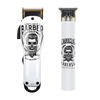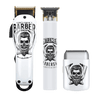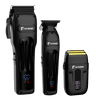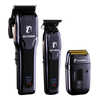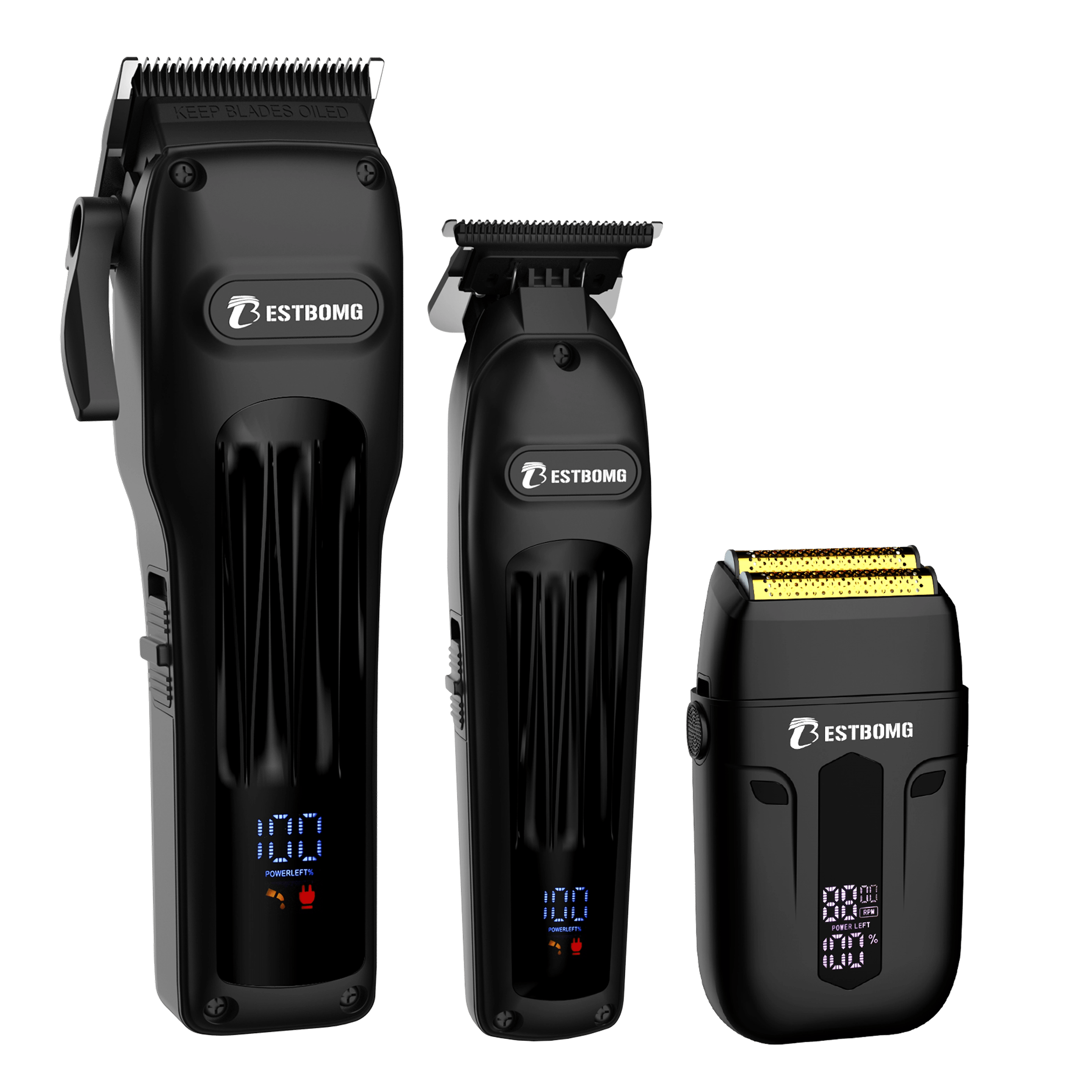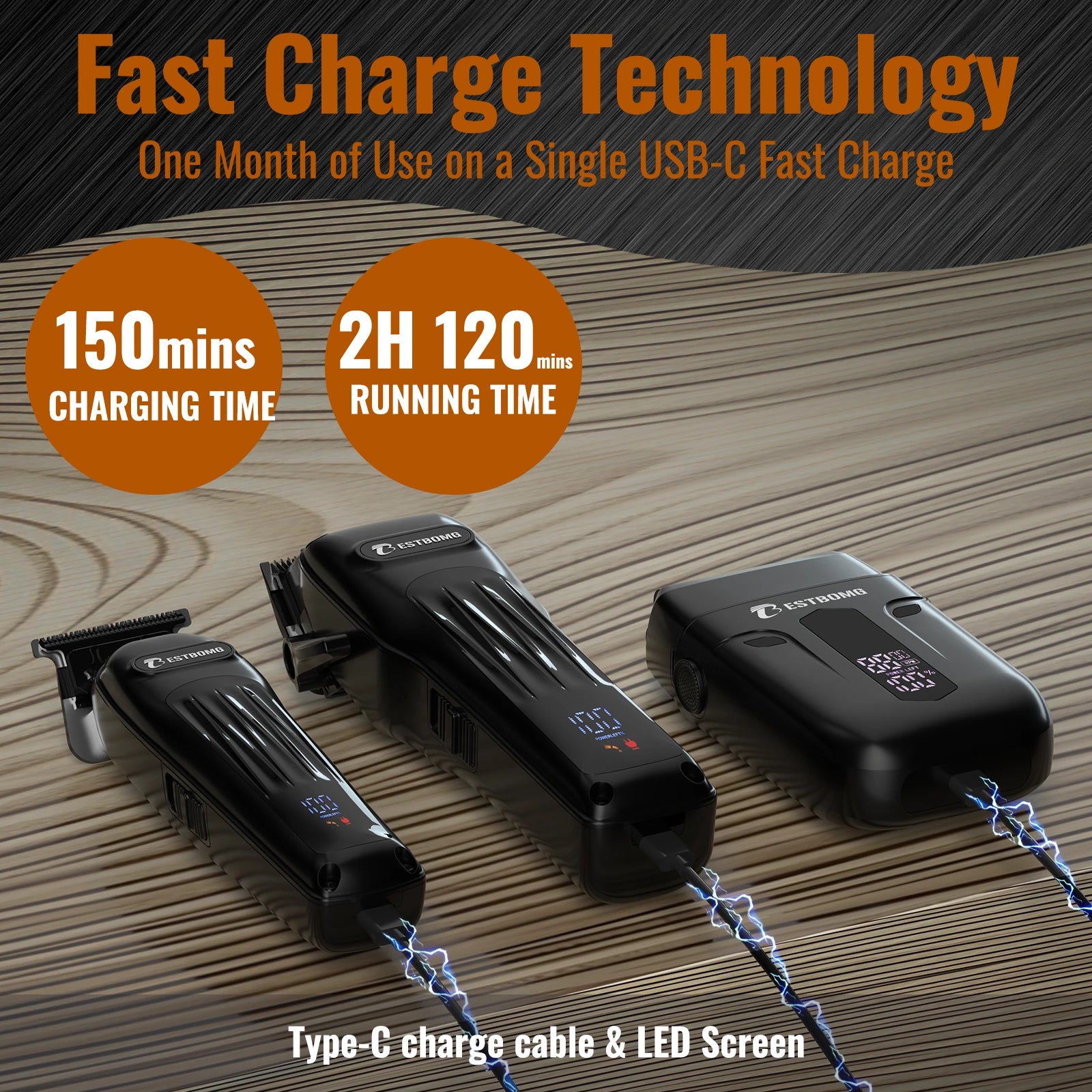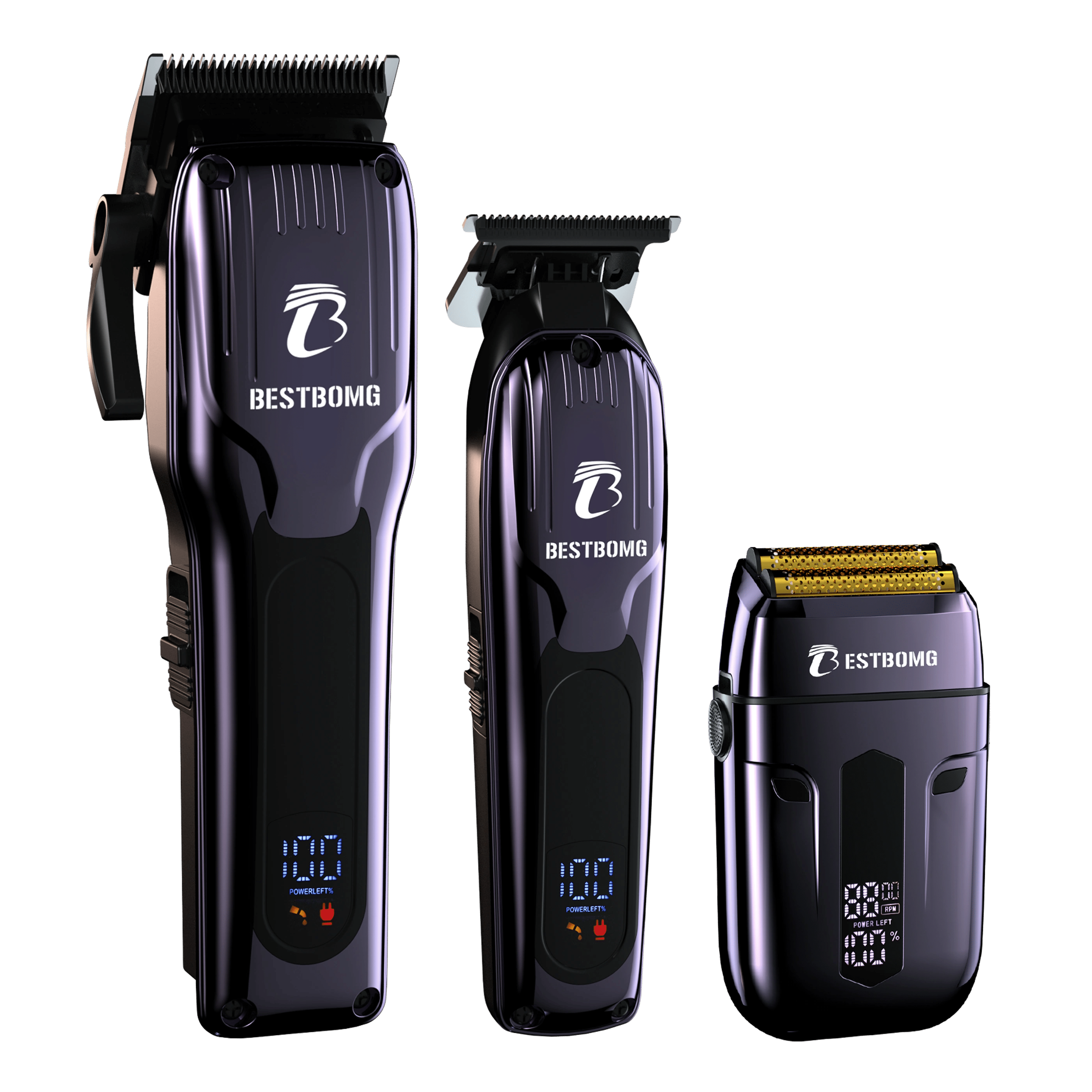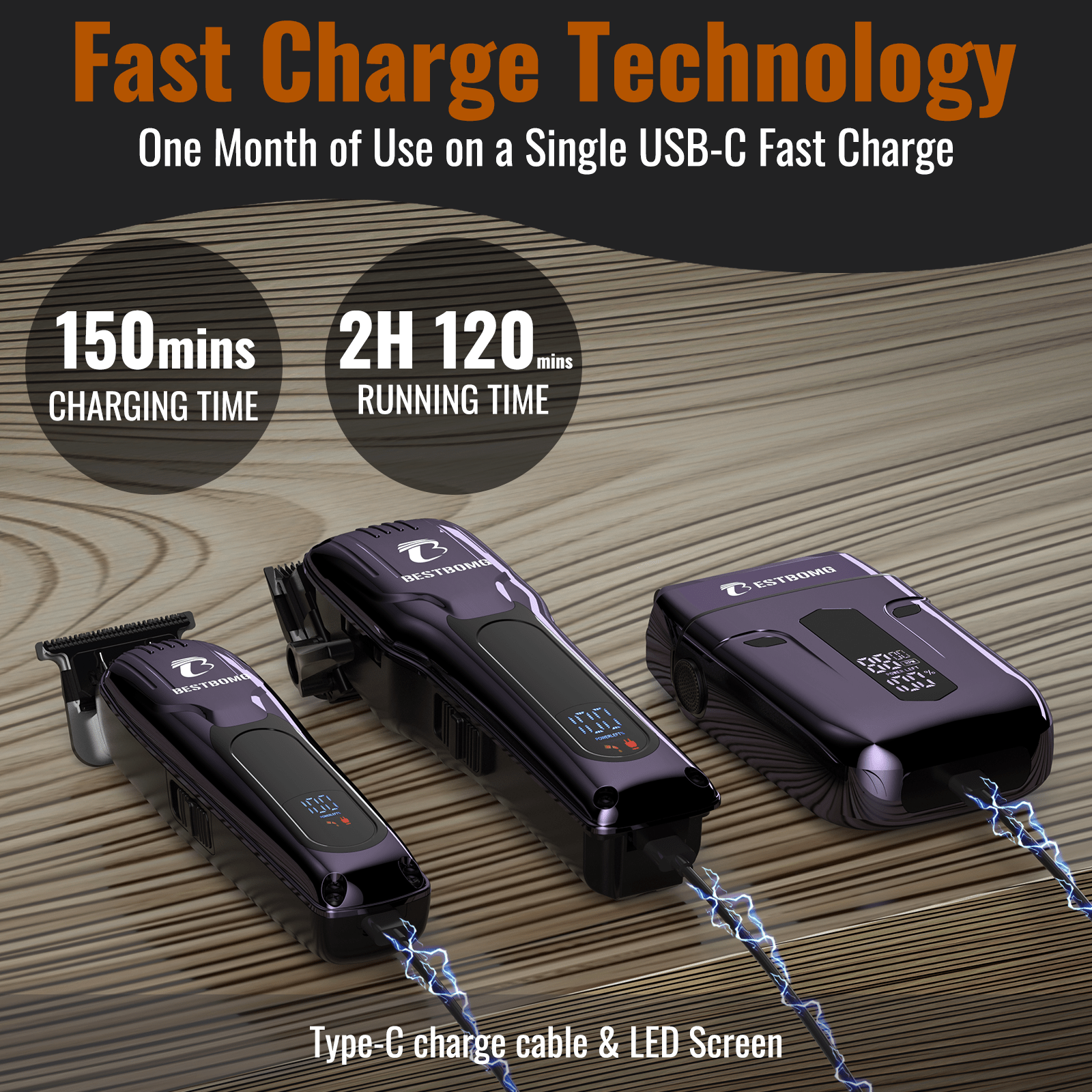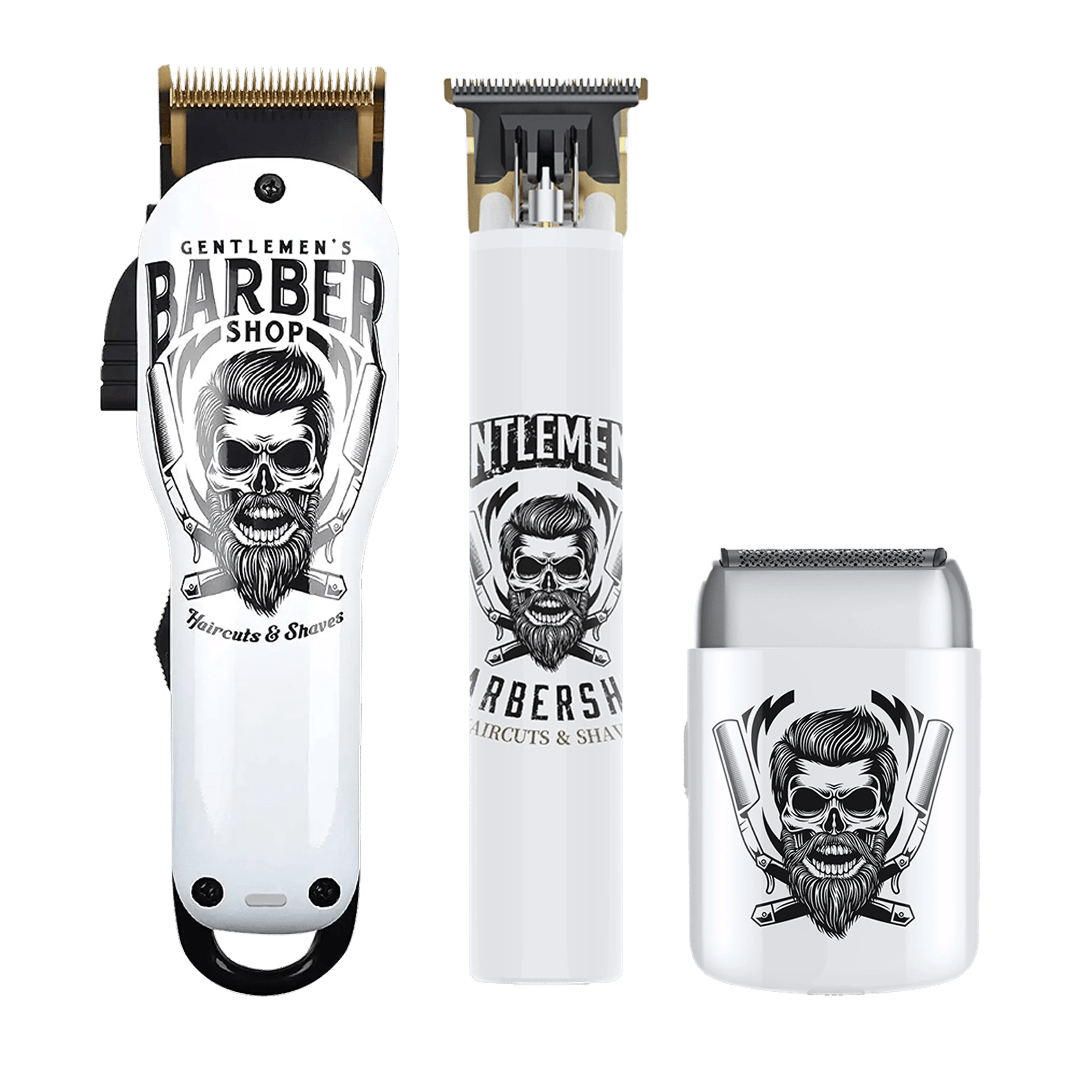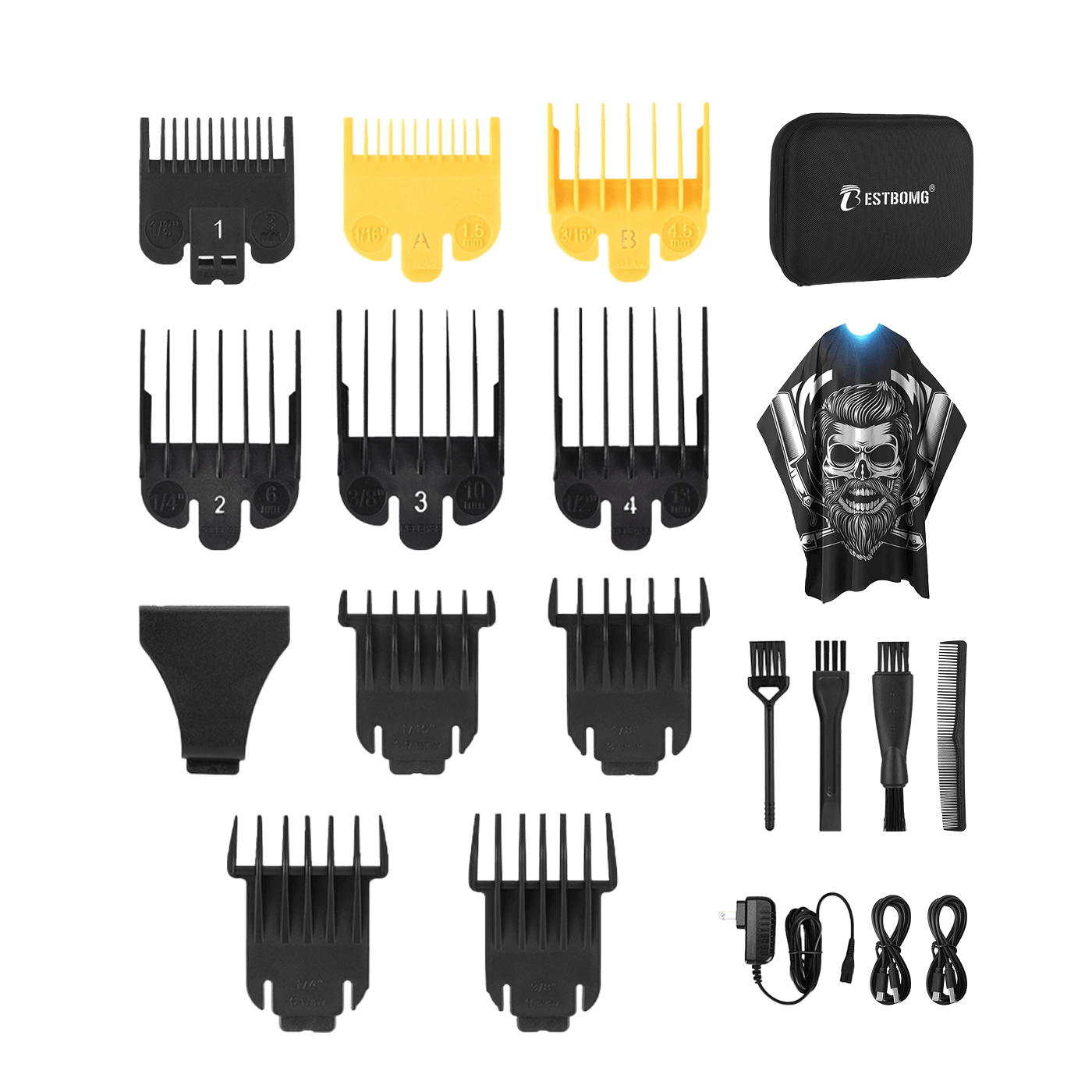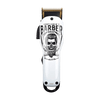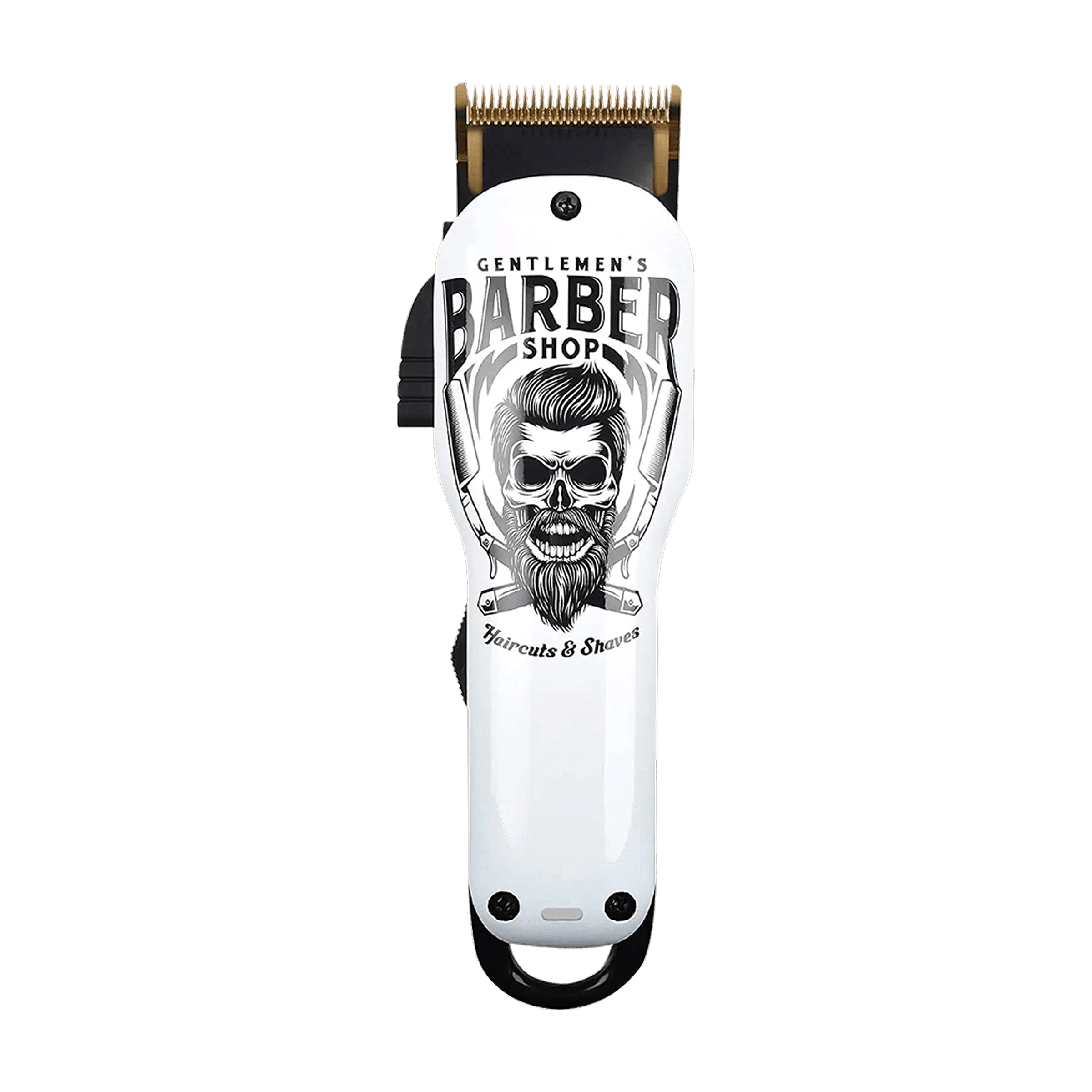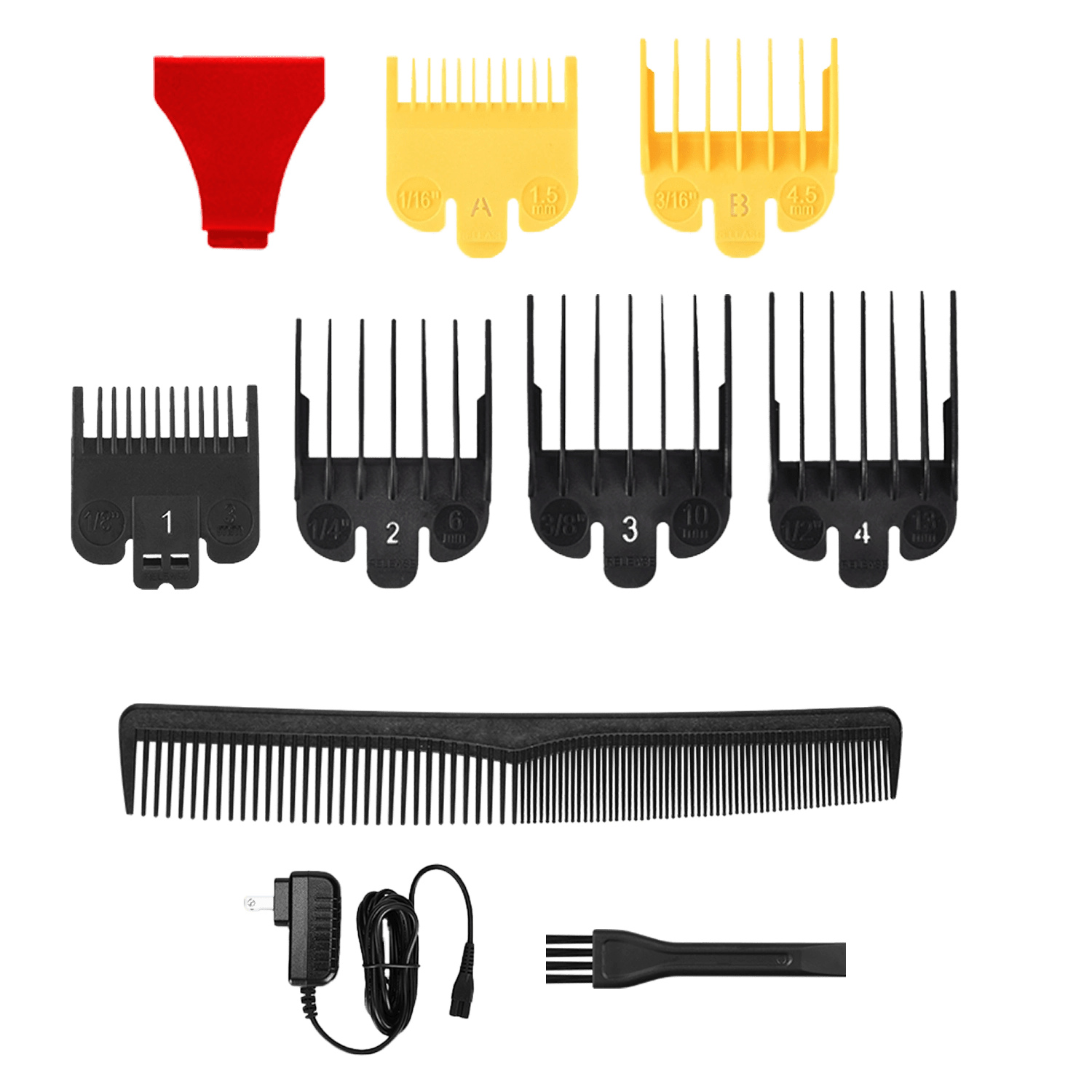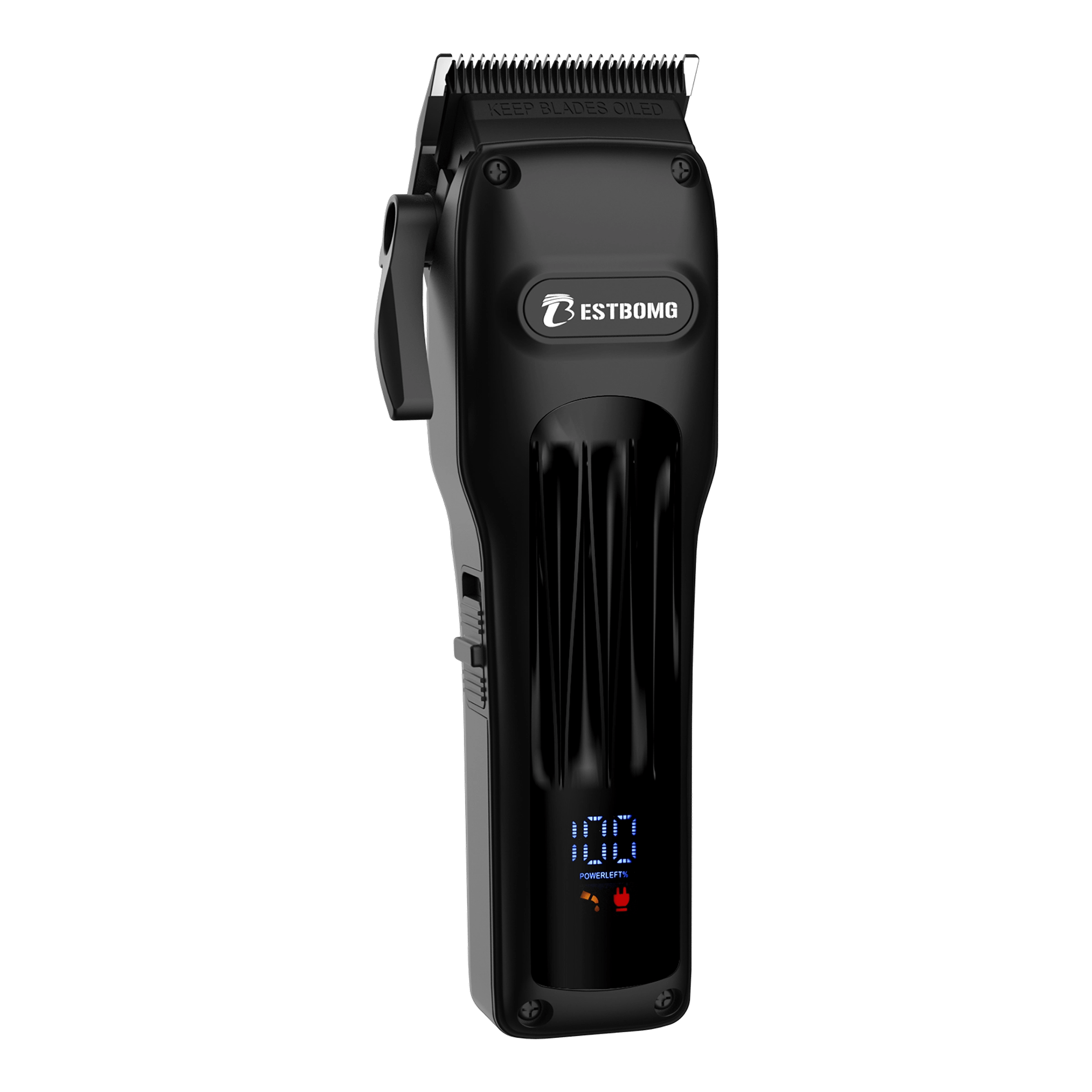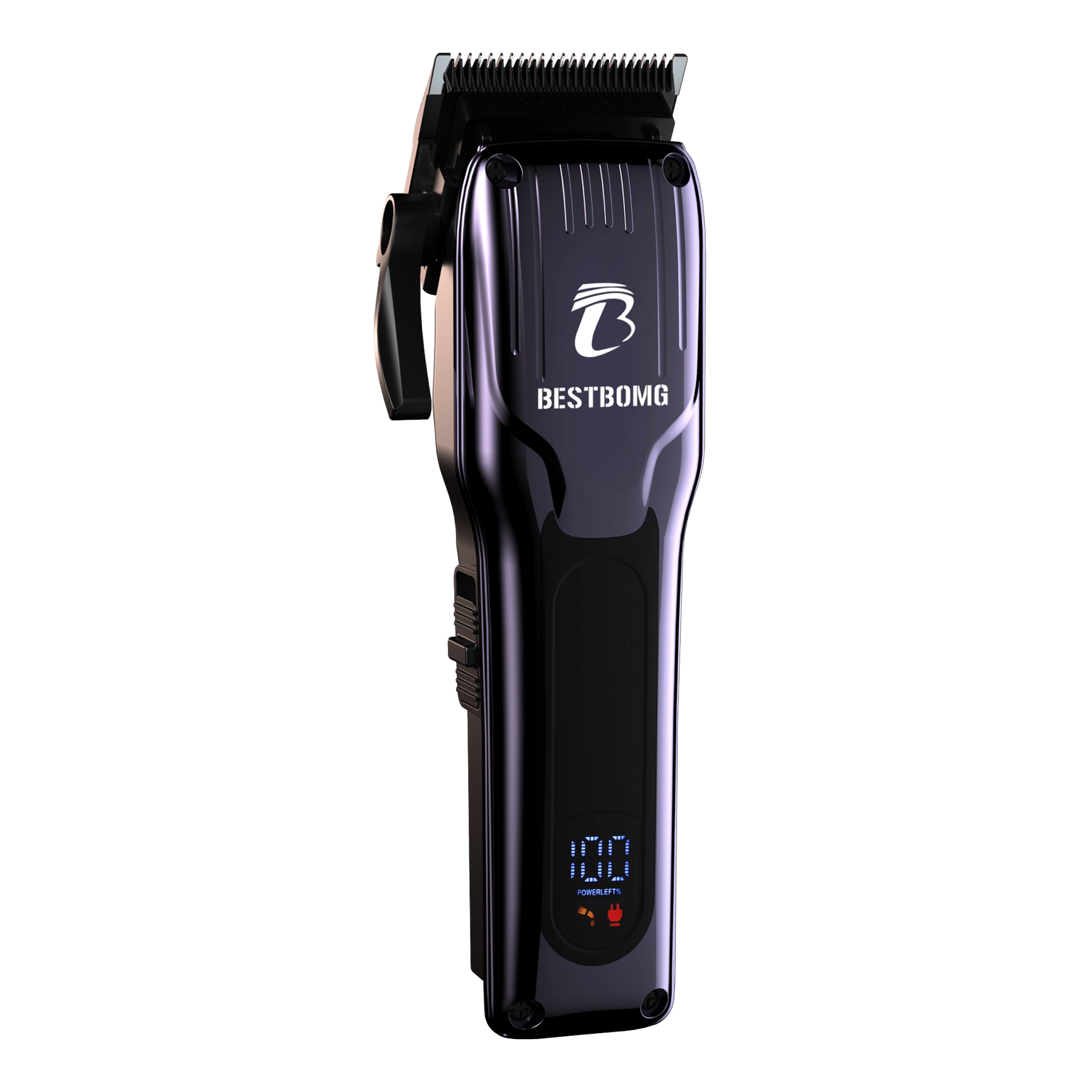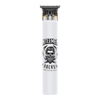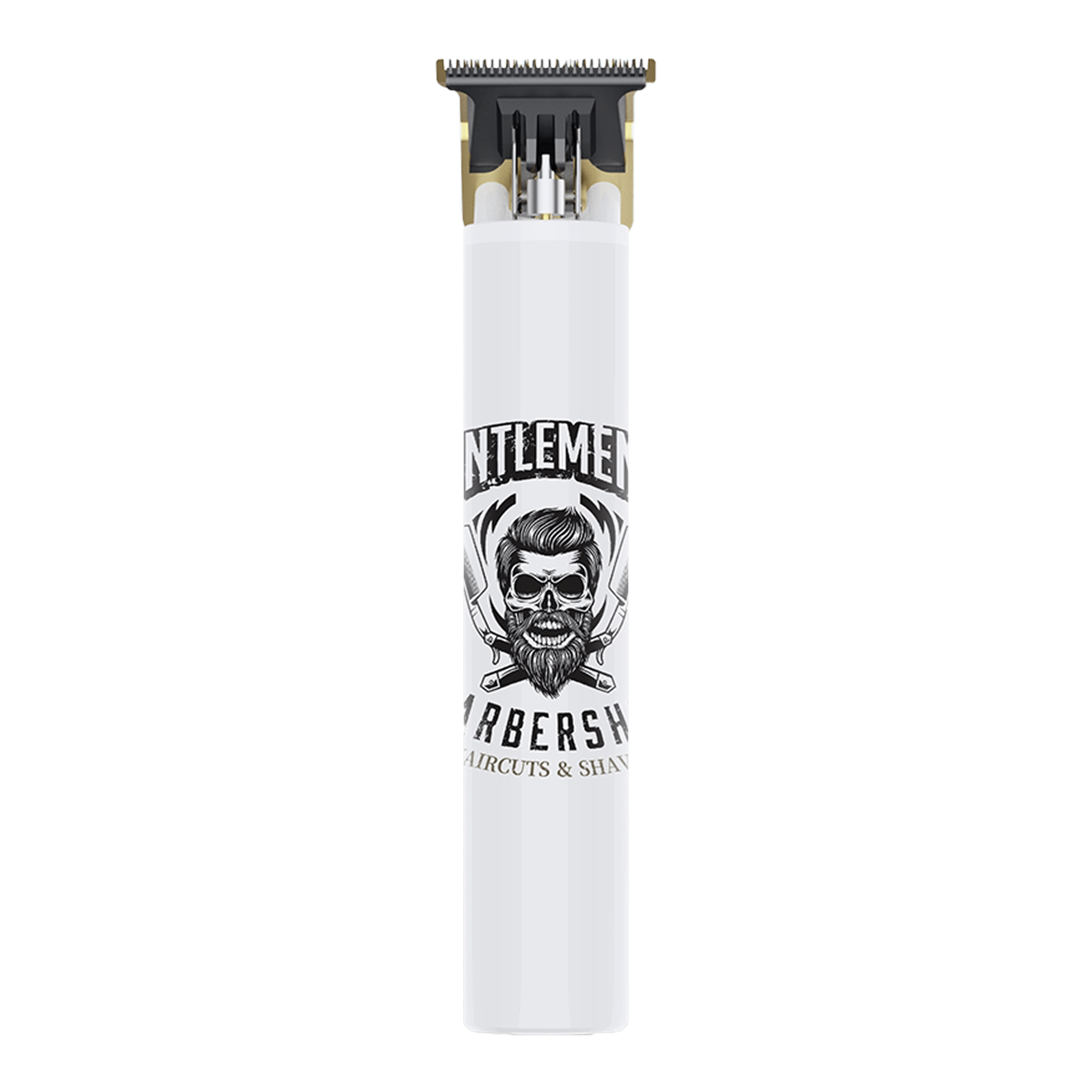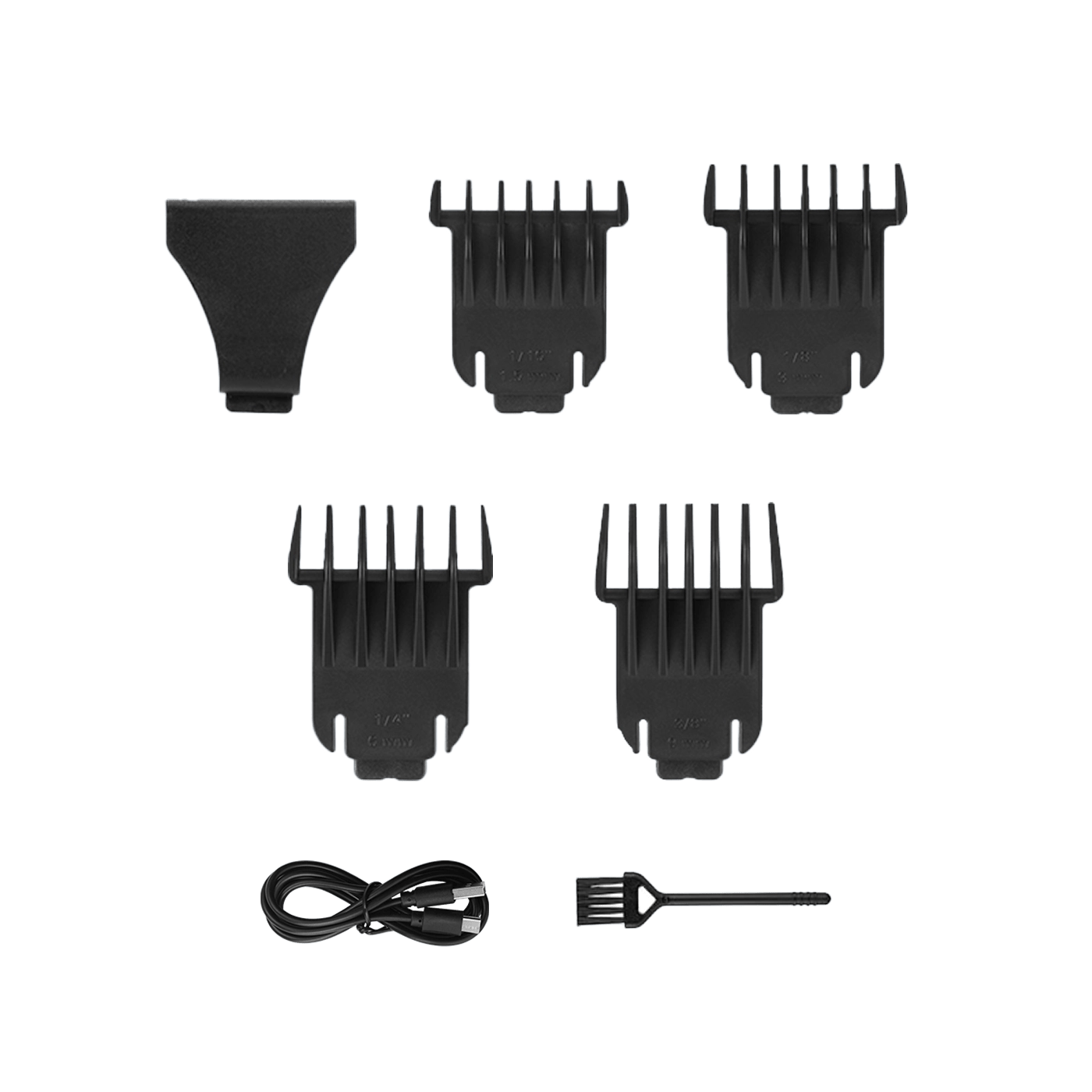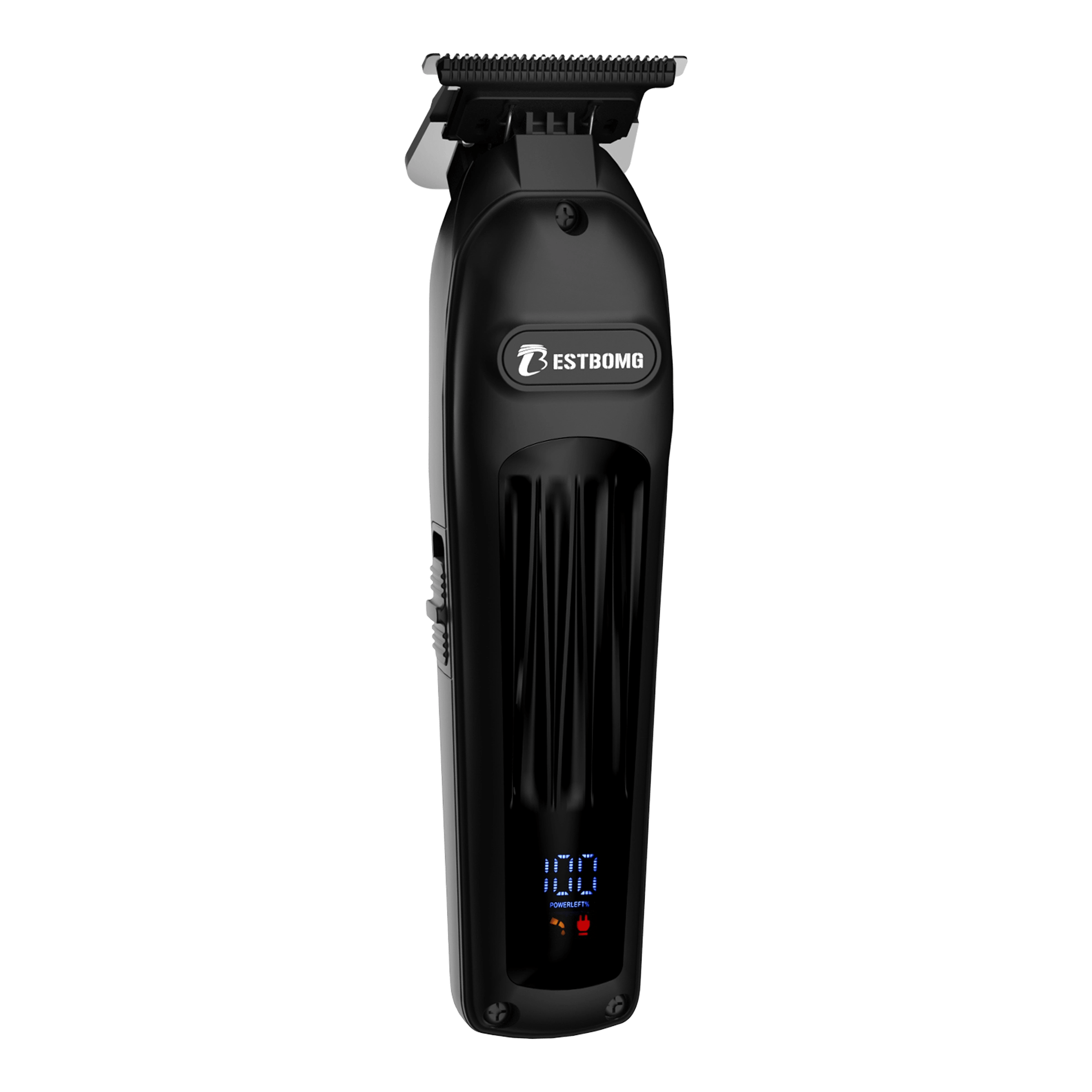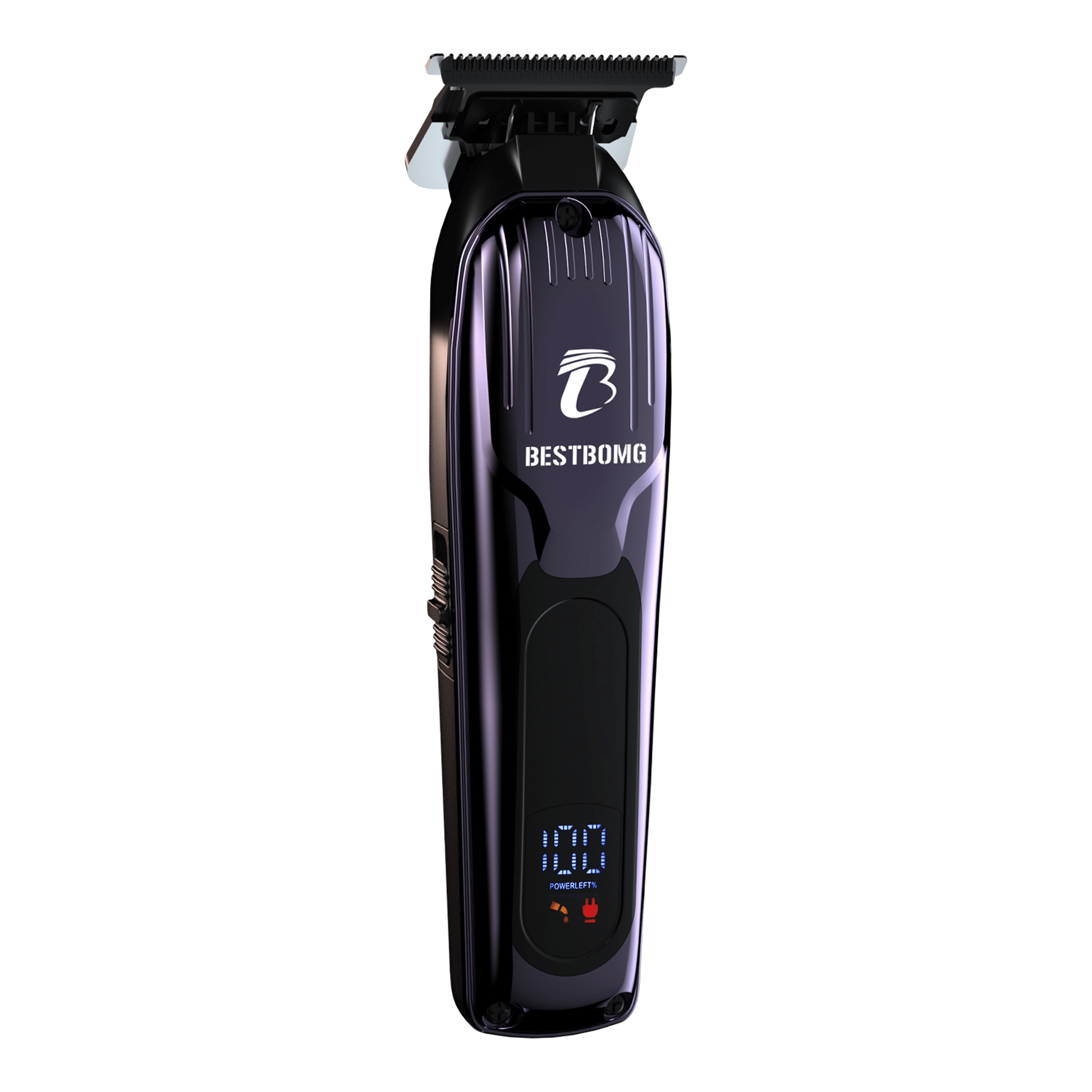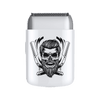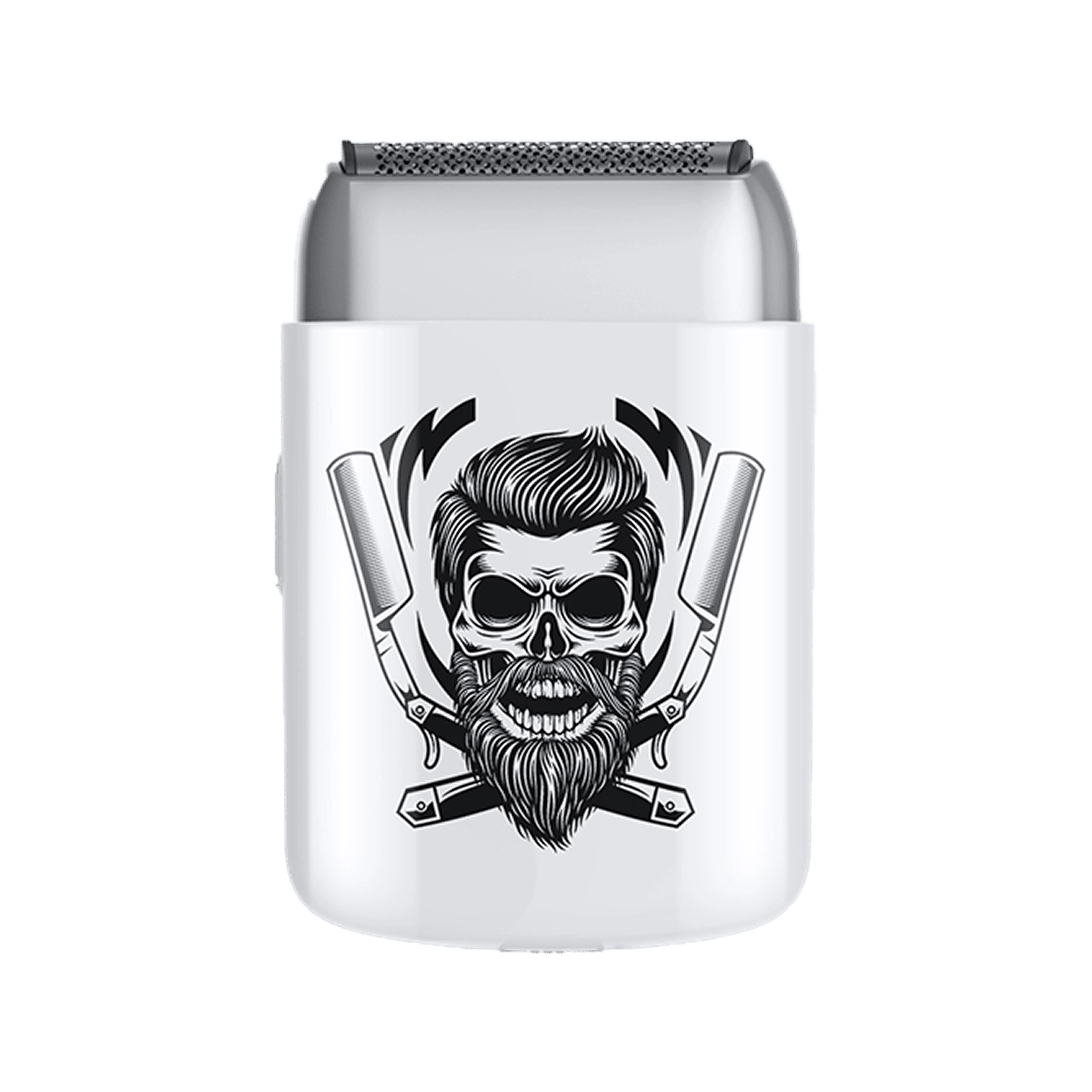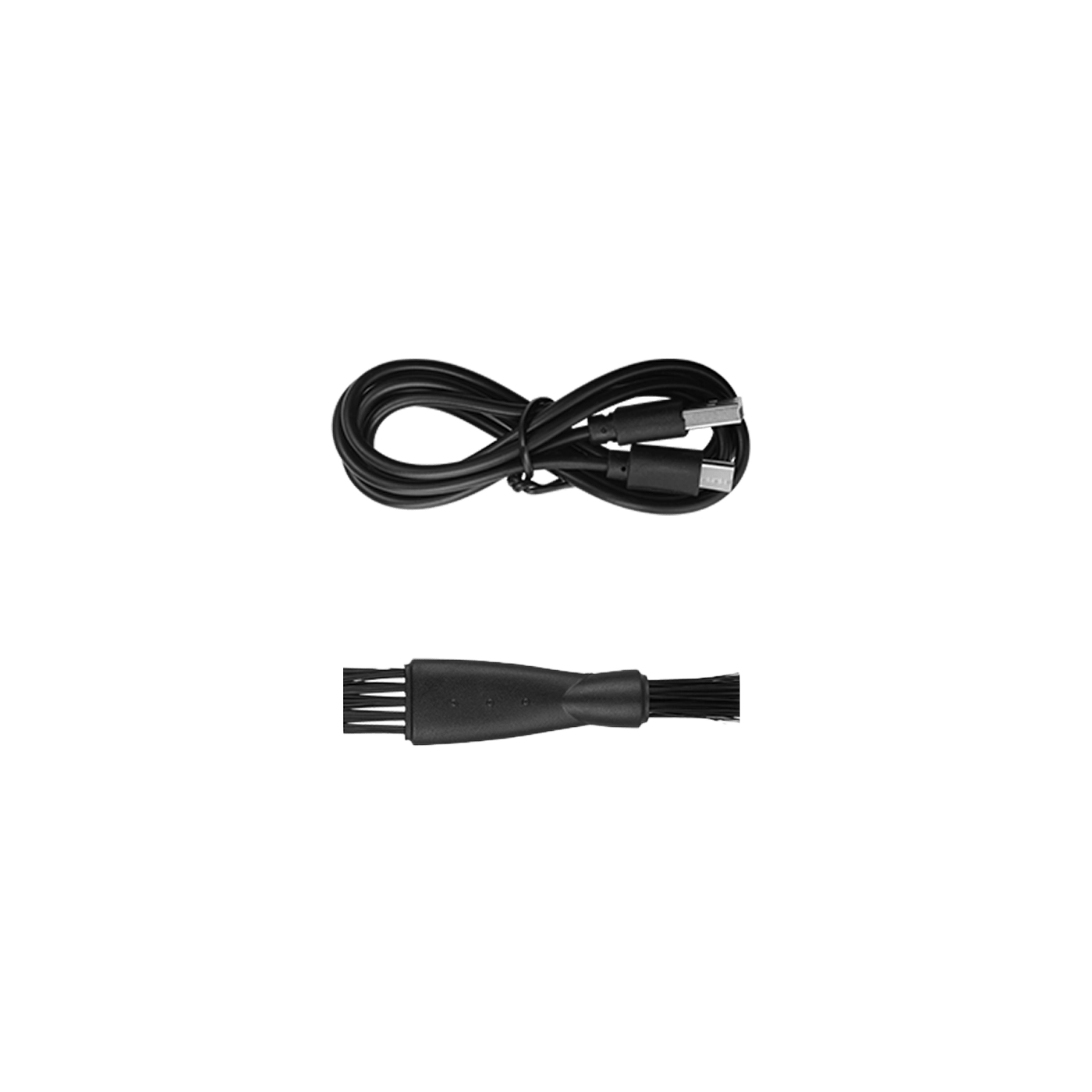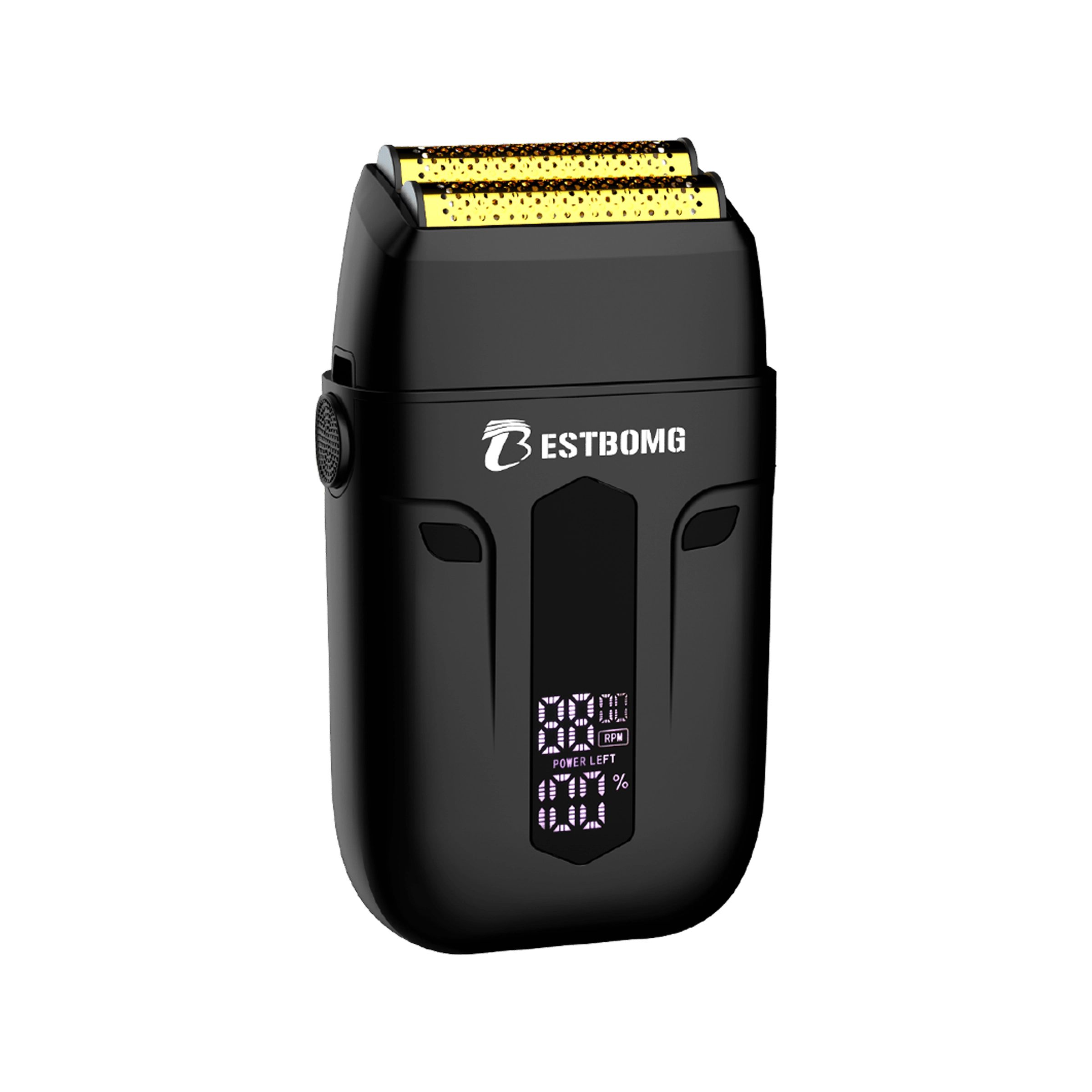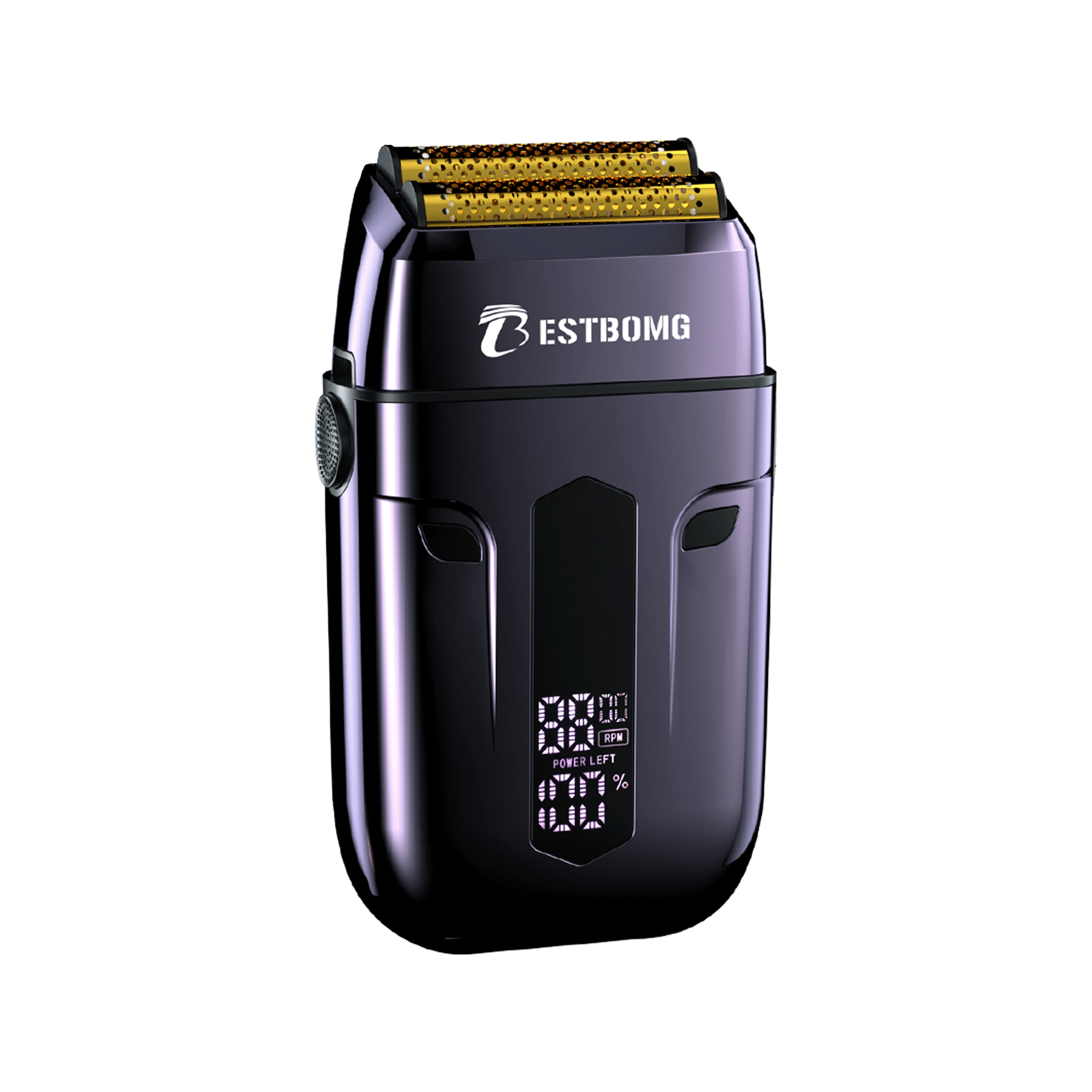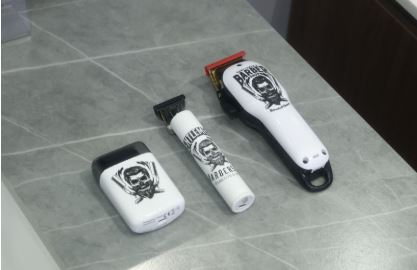Looking for the easiest way to keep your clipper blades clean, disinfected, and tug‑free? This step‑by‑step shows how to clean hair clippers at home with alcohol, when to use clipper spray cleaners, and how to finish with blade oil so your cuts stay smooth.
You’ll also learn the difference between cleaning (removing hair and gunk) and disinfecting (killing germs)—both matter. The CDC recognizes 70% isopropyl alcohol as an effective disinfectant for many nonporous surfaces when given proper contact time; in other words, the surface needs to stay wet long enough to work. For EPA‑registered disinfectant sprays, always follow the exact label contact time (often 2–10 minutes).
Before you start: safety first
- Power off & unplug (or switch off cordless). Manufacturer instructions explicitly warn: don’t immerse clippers and never use near water. Keep the body of the tool dry.
- Use 70% isopropyl alcohol (rubbing alcohol). CDC guidance recognizes 60–90% alcohol solutions as effective for disinfecting many nonporous surfaces, with 70% commonly used in practice. Keep surfaces wet for adequate contact time.
- Ventilate & avoid flames. Isopropyl alcohol is flammable. Keep away from heat/sparks/open flames; work in a ventilated area.
- Don’t dip the entire clipper. If your model has detachable/rinseable blades, only the blade may be rinsed or cleaned separately per the manual; never submerge the clipper body.
What you’ll need
- 70% isopropyl alcohol (spray bottle or wipes)
- Small brush (often included) to remove hair
- Microfiber cloth or cotton swabs
- Clipper oil (a few drops go a long way)
- Optional: clipper spray cleaner/disinfectant (e.g., Andis Cool Care Plus; Wahl Hygienic or Clini‑Clip) to clean, cool, and disinfect per label directions.
- Warm soapy water for plastic guards and a small tray for parts
Step‑by‑step: how to clean hair clippers at home with alcohol
Step 1: Remove hair & debris (the “clean” in clean/disinfect)

- Detach guards; tap them clean and wash guards in warm soapy water, then dry thoroughly.
- Brush the blade (front and back) to remove trapped clippings. This prevents debris from blocking disinfectant later. (Wahl’s tutorials start here.)
Step 2: Wipe the exterior

-
Lightly dampen a cloth with alcohol and wipe the metal blade area and exterior surfaces you touch. Avoid flooding seams or the motor housing. (Many how‑tos recommend wiping or spraying alcohol on nonporous surfaces.)
Step 3: Disinfect the blade with alcohol

- Spray 70% isopropyl alcohol directly onto the blade teeth and underside until the surfaces are visibly wet.
- Keep it wet for ~1 minute (target wet‑time). The CDC notes many hospital‑grade disinfectants achieve efficacy at ≥1 minute contact time; alcohol is widely used for noncritical surfaces. Let air‑dry fully.
Detachable blades? Remove the blade (per manual) and place it blade‑only in a shallow dish of alcohol for a brief soak, then let it air‑dry completely. Do not immerse the clipper body. Wahl/Andis manuals repeatedly warn against immersing the appliance.
Step 4: Oil the blade (critical step most people skip)

-
With the clipper off, add a drop at each corner of the blade and a drop across the teeth. Turn the clipper on for 5–10 seconds to distribute, then wipe any excess. (This is exactly how Wahl describes proper oiling.)
Why oil after alcohol? Alcohol degreases and evaporates quickly, so you must re‑lubricate to reduce friction, heat, and wear. Andis also notes that spray lubricants alone aren’t enough—you still need blade oil.
Step 5: Reassemble & store dry

-
Snap guards back on only after they’re fully dry. Store the clipper in a dry place, away from humidity.
When to use clipper spray cleaner (and why label time matters)
Alcohol is convenient at home, but clipper spray cleaners/disinfectants can be even more effective because they’re formulated for blades, often EPA‑registered (US) and/or EN‑tested (EU), and combine cleaning, disinfection, cooling, and light lubrication:
- Andis Cool Care Plus: Disinfectant, cleaner, lubricant, coolant, rust inhibitor. Label contact time: 10 minutes (leave surfaces wet), then wipe excess.
- Wahl Hygienic Clipper Spray (EU): Contact time examples: 5 minutes (bacteria), 15 minutes (yeast/viruses)—follow the bottle.
- Wahl Clini‑Clip (US): Wahl notes a 2‑minute dwell in some product literature; always follow the current label. Re‑oil afterwards.
Bottom line: Read and follow the label. The CDC emphasizes using EPA‑registered disinfectants per their exact directions (including contact time). If you don’t keep blades wet for the full time, you won’t get the claimed disinfection.
What to clean with what (quick map)
- Blades (metal): Brush → Alcohol or clipper spray disinfectant → Oil. Alcohol works well at home (keep wet ~1 minute), but sprays offer tested claims (follow label time).
- Guards (plastic): Warm soapy water, rinse, fully dry; disinfect with spray if needed—alcohol can dry out glues or rubber in some assemblies, per CDC notes on alcohol and certain plastics.
- Clipper body: Wipe‑down only. Never submerge. Many manufacturer manuals state do not immerse and keep liquids out of the housing.
Avoid bleach on blades. Chlorine solutions can be corrosive to metals; even safety sheets warn of metal corrosion. That’s why pros favor alcohol or EPA‑registered clipper sprays instead of bleach on fine steel blades.
Deep‑clean options (for sluggish or grimy blades)

If your blades still feel hot, loud, or tuggy after alcohol and oil, try a deeper clean:
- Blade wash (oil‑based): Andis recommends immersing blades only in Blade Care Plus (a blade‑wash/oil) while running, which flushes hair out from between the teeth. Dry, then re‑oil.
- Alignment check: Ensure the moving blade sits just behind the stationary blade and teeth are even; misalignment can cause snagging (your tool’s manual shows how).
- Replace the blade/cutter: If pitted, bent, or dull, replacement is the cure.
How often should you clean and disinfect?
- At home, single user: After every haircut, brush + alcohol (or spray) + oil.
- Multi‑user household: Treat like a barbershop between people: disinfect blades with alcohol/spray and keep wet for label time, then oil. The CDC summarizes that disinfectants need proper wet contact time; you must follow the product label.
Troubleshooting: common mistakes (and easy fixes)
- Dipping the whole clipper in alcohol: Don’t. You risk liquid entering the motor/battery. Manuals: never immerse the appliance. Clean blades only; wipe the body.
- Skipping oil after alcohol or spray: Alcohol and some sprays strip lubrication; re‑oil to reduce heat and friction. Wahl details proper oiling points and timing. Andis notes sprays alone lack enough oil for long‑term lubrication.
- Not honoring contact time: Whether alcohol or a disinfectant spray, the blade must stay wet for the full label time (often 1–10 minutes) to get the promised kill. CDC guidance stresses following product labels.
-
Using bleach on blades: Bleach is corrosive to metal—don’t use it on clipper blades. Choose alcohol or a clipper‑specific disinfectant.
- Cleaning wet hair with clippers: Wet hair clumps and feeds unevenly; most manufacturers advise clipping dry for cleaner results (and less rust risk).
Sample 2‑minute routine (after every home cut)
-
Brush away hair (blade front/back; inside guards).
- Alcohol route: Spray 70% IPA to soak the blade; keep wet ~1 minute; air‑dry.
- Spray route: Use Andis/Wahl disinfectant; follow label (2–10 minutes typically).
- Oil: 3 small drops; run 5–10 sec; wipe excess.
- Store dry (blade guard on). Keep away from humidity and heat sources. (IPA is flammable—store safely.)
Alcohol vs. clipper spray cleaner: which should you use?

Use alcohol (70%) if you want:
- Low cost and easy availability
- A quick wipe/spray option at home (remember wet‑time)
Use clipper spray cleaner/disinfectant if you want:
- EPA‑registered or EN‑tested claims (pathogen‑specific)
- Cooling and light lubrication built in
- Clear label contact times (e.g., Andis 10 minutes; Wahl Hygienic 5–15; Clini‑Clip ~2—check the bottle).
Extra cautions (worth repeating)
- Electrical safety: Do not use near running water; unplug before cleaning; never operate a clipper that has become wet. Manufacturer manuals are clear on these points.
- Plastic compatibility: CDC notes alcohols can deteriorate certain plastics and glues with frequent soaking. Limit alcohol to blades and wipe the body lightly.
- Flammability: Store IPA away from heat and flames; ventilate.
Bottom line
To clean hair clippers at home with alcohol, think C‑D‑O: Clean out hair, Disinfect the blade (70% IPA with ~1‑minute wet‑time, or a labeled spray with its full contact time), then Oil lightly so the blade runs cool and smooth. Keep liquids away from the motor housing, never immerse the clipper, and work away from heat or flame.
Do this after every cut and your clippers will run like new—no tugging, no hotspots, and a noticeably cleaner finish. When you’re ready to upgrade your setup, try:
Frequently Asked Questions
Can you clean hair clippers with alcohol?
Yes—70% isopropyl alcohol works on nonporous surfaces like blades. Spray or wipe until wet, keep it wet for ~1 minute, let air‑dry, then oil. (EPA disinfectant sprays have their own label times—follow them.)
Can I use alcohol to disinfect clipper blades?
Yes. Alcohol is widely used for disinfection of equipment surfaces when given appropriate contact time. For stronger, labeled claims (TB, virus lists, etc.), use an EPA‑registered clipper spray and honor its contact time (often 2–10 minutes).
Can I spray alcohol on my hair clippers?
You can spray the blade area with 70% IPA—don’t flood the housing. Keep the blade wet to disinfect, then oil to restore lubrication. Remember IPA is flammable; ventilate and keep away from flames.
Is clipper spray cleaner better than alcohol?
It depends. Alcohol is cheap and handy; clipper sprays often clean + cool + disinfect and include tested claims with specific label times (e.g., Andis Cool Care 10 min; Wahl Hygienic 5–15 min; Wahl Clini‑Clip ~2 min). If you use a spray, still oil the blade.
Can I use bleach instead of alcohol?
Don’t use bleach on blades. Chlorine solutions can be corrosive to metals. Stick to alcohol or a clipper‑specific disinfectant, then oil.
Read more
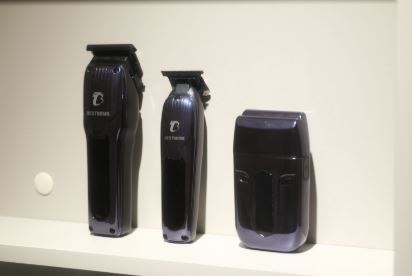
Cutting Men’s Hair with Clippers: Step-by-Step Beginner’s Guide
You don’t need a barbershop setup to get a clean, confident men’s haircut with clippers at home. With the right guards, a light touch, and a simple plan, you can master a clipper haircut—from an ev...
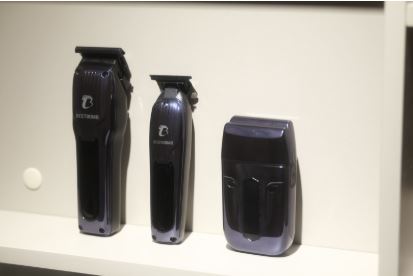
Best Budget Hair Clippers: Affordable Picks for Home Cuts
If you’re hunting the best budget hair clippers for home use (or your first barber kit), you want three things: clean cuts, dependable guards, and enough power to glide through hair without tugging...
